Here are some examples of documents from all across the Highlands. Clicking on the images will allow you to see them in more detail. The images supplied are for educational purposes so please don’t use them for other reasons or share them online – thank you!
War Front
During World War One, it was common for soldiers to write letters and postcards home. These letters, diaries and postcards give us a unique insight into what the war was like for individual people.
This letter is from Ian Forsyth. He owned a farm before he went to war in 1914. He wrote this letter to his wife in 1915, in it he gives a detailed account of his days and experiences at war.
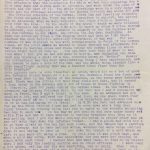
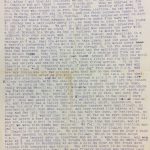
These letters are about Allan Cameron. He went to war as soon as it was declared in August 1914 but was sadly killed in September 1914. His fellow soldiers wrote to his wife and mother to inform them of his death and where he was buried. One of them even drew a diagram of exactly which grave was his.
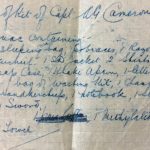
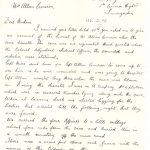
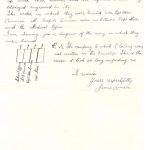
You can read more about Allan Cameron in our storyboard.
You can also read a transcript of his kit letter here, and a transcript of his burial site letter here.
These letters and caricatures are by David Barrogill Keith, born in Thurso in 1891. He was a newly qualified solicitor and a keen cartoonist in 1914 when the war started. Keith wrote many letters home and you can see the first page of one below. It is quite long and extremely detailed with his extraordinary experiences! There is also a transcript of the full letter. Keith was also a keen cartoonist, as you can see from some of his drawings!
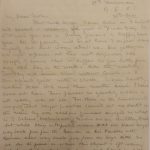
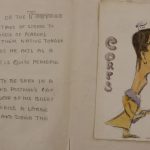
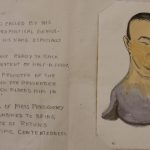
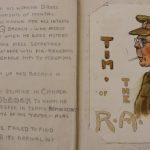
You can read a transcript of his letter here.
This letter is one of a collection of around 120 letters that were written by Donald Walter Cameron to Lady Hermione Cameron between 1914 and 1915. He had been commissioned to raise a new battalion for the Cameron Highlanders in the Highlands and served with them at the front.
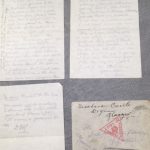
You can read a transcript of this letter here.
Home Front
There were lots of complex changes going on at home during the first world war. The government brought in new laws called the Defence of the Realm Act. This granted them lots of emergency powers to aid the war effort without having to go through normal channels. For example, they took over buildings to use them as hospitals and barracks and took over fields and land for food production. In 1916, they also declared parts of the Highlands as a ‘Special Military Area’. This was mainly due to the naval base at Invergordon. This meant that any one who lived in, worked or visited this area had to have a pass to prove they were allowed to be there.
The police issued the passes, so you can see a police memorandum announcing this requirement here. There is also an example of a ‘local pass’, issued to people who lived in Inverness. The pass belonged to the Smith family, you can read more about their life during the war in this storyboard.
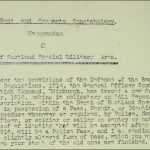
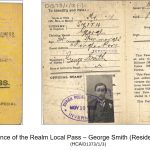
You can also get lots of information about how the war affected home life from school records. In these Log Book extracts from Skye, you can see that some pupils had been called away to war and that the absence of a lot of men meant older children had to help with farm work.
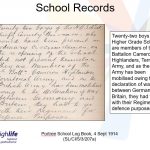
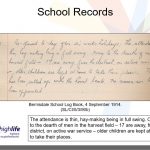
Some businesses also changed their normal operations to help the war effort. You can read how an Inverness welding company, AI Welders did this in this storyboard.
